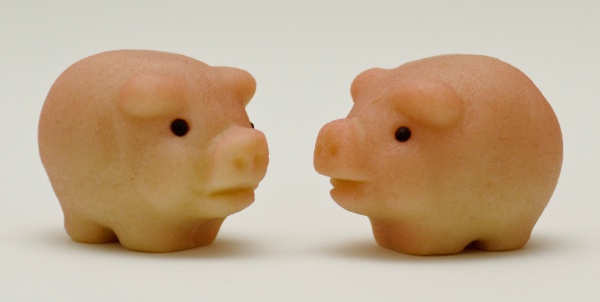Facts About Marzipan
Marzipan is a delightful confection primarily made from sugar or honey and almond meal, often enhanced with almond oil or extract. It comes in various forms, such as chocolate-covered marzipan, realistic fruit and vegetable imitations, biscuits, cakes, and pastries. This sweet treat is beloved in many countries, each adding its unique twist, from Southern Europe to the Middle East, and even across the Americas and Asia.
Regarding its history, there are two prevalent theories about marzipan's origins: one suggests it originated in the Mediterranean region, while the other points to China. It reached Europe through trade routes and cultural exchanges, becoming a staple in many regional cuisines, each with its marzipan traditions and specialties.
There are also different variations on marzipan. For instance, persipan is a similar product that uses apricot or peach kernels instead of almonds. Some versions may use soy paste and almond essence as substitutes. Additionally, marzipan can be flavored with rosewater, and some types are made without bitter almonds. Experts can verify the authenticity of marzipan using polymerase chain reaction methods.
The word "marzipan" itself has a fascinating etymology, with potential roots in both Latin and Arabic languages. The process of making marzipan involves blanching and grinding almonds, mixing them with sugar, and sometimes adding binding agents. The mixture is then shaped into various forms and must be stored properly to prevent hardening.
From a scientific perspective, the distinct aroma and flavor of marzipan come from compounds like benzaldehyde and hydrogen cyanide, which are present in almonds. Marzipan is essentially a food emulsion, containing solid particles, air pockets, water, and fats. Emulsifiers might be added to maintain its stability, and its texture largely depends on its moisture content.

 United States
United States